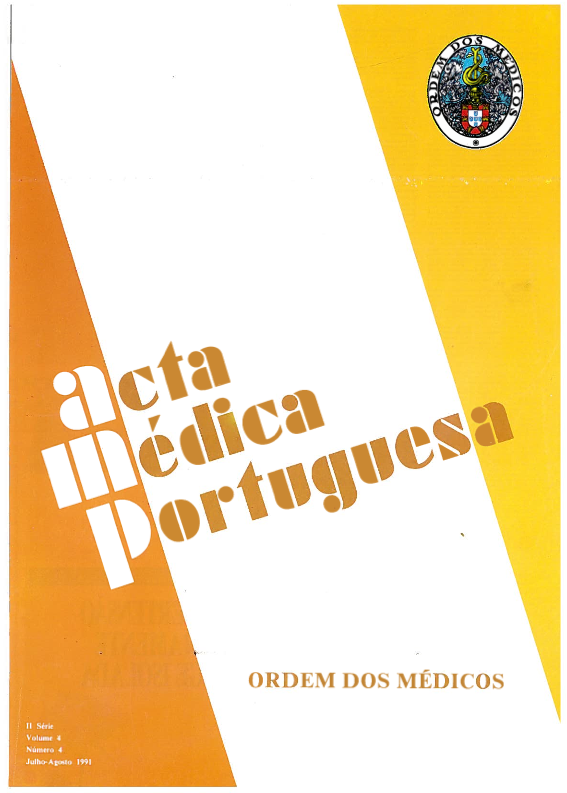Visual screening in children.
DOI:
https://doi.org/10.20344/amp.3358Abstract
The Early Visual Screening (EVS) before verbal communication and, certainly, before one year old, is essential to prevent strabismus and/or amblyopia. We consider the PREFERENTIAL LOOKING (PL) for visual acuity determination and screening of the amblyopia and the PHOTOREFRACTION (VIDEO-REFRACTION: VPR-1) for refractive screening, adequated methods for Early Visual Screening. We suggest that these two technics are used as EVS methods, four times in childhood (newborn, 6-8 weeks, 6-8 months, 18-24 months) performed by an Ophthalmologist at a Pilot Health Center of the National Health Service. The classic methods of visual screening such as: child's reaction to the eye occlusion, pursuit movements, STYCAR balls and miniature toys, Cover test, Hirschberg test, red fundus reflex, anterior segment examination, each of these used according to the child's age, must be performed by an Ophthalmologist. We think they are a positive alternative until we are able to use the PREFERENTIAL LOOKING and VIDEO-REFRACTION in Early Visual Screening. In the kindergarten and primary school the ASTENOPIC complaints due to hipermetropia, minor astigmatism and convergent deficit as well as chronic inflammation of the anterior segment eyelids and anexus, can be related with poor school performance more than with strabismus or myopia.(ABSTRACT TRUNCATED AT 250 WORDS)Downloads
Downloads
How to Cite
Issue
Section
License
All the articles published in the AMP are open access and comply with the requirements of funding agencies or academic institutions. The AMP is governed by the terms of the Creative Commons ‘Attribution – Non-Commercial Use - (CC-BY-NC)’ license, regarding the use by third parties.
It is the author’s responsibility to obtain approval for the reproduction of figures, tables, etc. from other publications.
Upon acceptance of an article for publication, the authors will be asked to complete the ICMJE “Copyright Liability and Copyright Sharing Statement “(http://www.actamedicaportuguesa.com/info/AMP-NormasPublicacao.pdf) and the “Declaration of Potential Conflicts of Interest” (http:// www.icmje.org/conflicts-of-interest). An e-mail will be sent to the corresponding author to acknowledge receipt of the manuscript.
After publication, the authors are authorised to make their articles available in repositories of their institutions of origin, as long as they always mention where they were published and according to the Creative Commons license.









